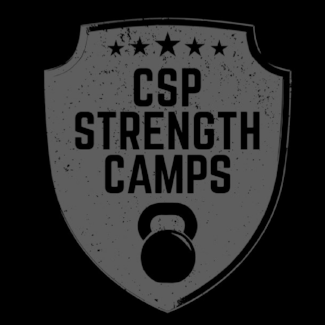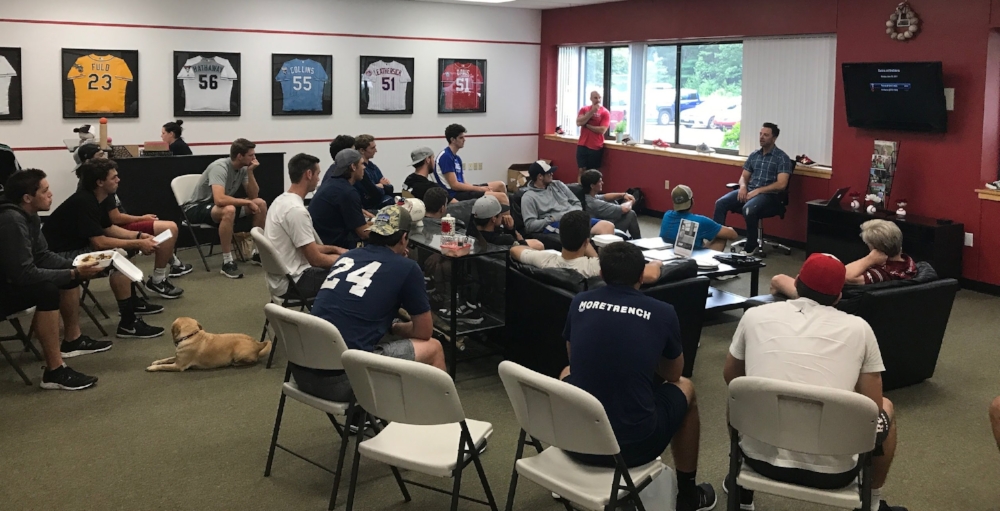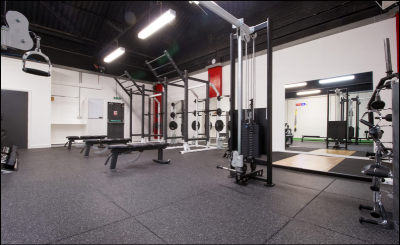I’ve accumulated a boatload of random lessons learned in more than a decade of operating a fitness facility. Some warrant entire presentations, podcasts, and blog posts; others carry plenty of value but can fit within the confines of a 140-character Tweet.
This seventh edition of my Gym Owner Musings series is dedicated to a few portions of The Subtle Art of Not Giving a F*ck that I highlighted as I worked my way through the book. Here are three quick insights inspired by this book that fall somewhere in between Twitter-friendly and ”blog-worthy”:
1. Certainty is the enemy of growth
"When we learn something new, we don't go from "wrong" to "right." Rather, we go from wrong to slightly less wrong."
Believe it or not, there was a time when Cressey Sports Performance (CSP) didn’t have a single kettlebell. In fact, we operated for more than a year before one made its way into our gym. While I wouldn’t go as far as to say that we didn’t believe in their usefulness, we had not yet embraced the equipment as a mandatory staple within our gym. It was one of our more forward-thinking adult clients who got the wheels in motion on our embracing the kettlebell when he chose to gift one to Eric for his 27th birthday.
Imagine if we were so certain about the passing trendiness of this piece of equipment that we stubbornly refused to accept it as a necessity here at CSP? We’d have stunted our growth as fitness service providers, staying firmly locked in the “wrong” position with no intention of moving toward “slightly less wrong.”
Today, the kettlebell is not the driving force behind our training philosophy, but it is an important tool in our toolbox. Its presence in the CSP Strength Camps logo is testament to our steadfast belief in a piece of equipment that we once felt would be a passing phase in our industry. It feels good to be slightly less wrong.
2. Pricing & the paradox of choice
"The more options we're given, the less satisfied we become with whatever we choose, because we're aware of all the other options we're potentially forfeiting."
I’ll be delivering a presentation titled Gym Ownership In Hindsight - A Decade of Lessons Learned at our upcoming 6th annual CSP Fall Seminar. In it, I will go into detail regarding the mistake I’ve made in allowing for a convoluted pricing structure that features multiple grandfathered price points, an overwhelming buffet of cost and service offerings, and a lack of simplicity in general.
It turns out that my attempts to please everybody ultimately snowballed into a system that is complicated to train my employees on, and tip-toeing the line of creating a paradox of choice (loosely defined in the quote above) for my clients. Right now, we are toying with the idea of scaling back to a model that would feature as few as two or three price points. The idea is a little terrifying, but the growth that may come with the move could be significant.
The first, and probably most important step along the way in the process is parting ways with the crippling opinion that our business model is too complex to simplify.
3. Confusing great attention with great success
"Our culture today confuses great attention and great success, assuming them to be the same thing. But they are not."
New gym owners make the mistake of confusing the initial bump of foot traffic that comes with being “the new guy in town” with actual established business viability all the time. These are the entrepreneurs who think that if some is good, more is better, and jump on the first opportunity they get to open that second (or even third) location before they know what they really have. How can you determine the viability of a second facility scenario when you’re working off of 8-months worth of revenue figures?
The same can be said for the personal trainer who sees a spike in his Instagram following thanks to a handful of shirtless training pictures and then chooses to quit his day job to chase the dream of being a social media influencer.
Great attention does not guarantee great success, especially when it is tied to the novelty of newness.
Do you enjoy my fitness spin on business concepts?
I publish my “Friday Four” newsletter at the end of each week featuring links to useful articles and insights on applying concepts from each to your own fitness business endeavors. Check it out here!




























